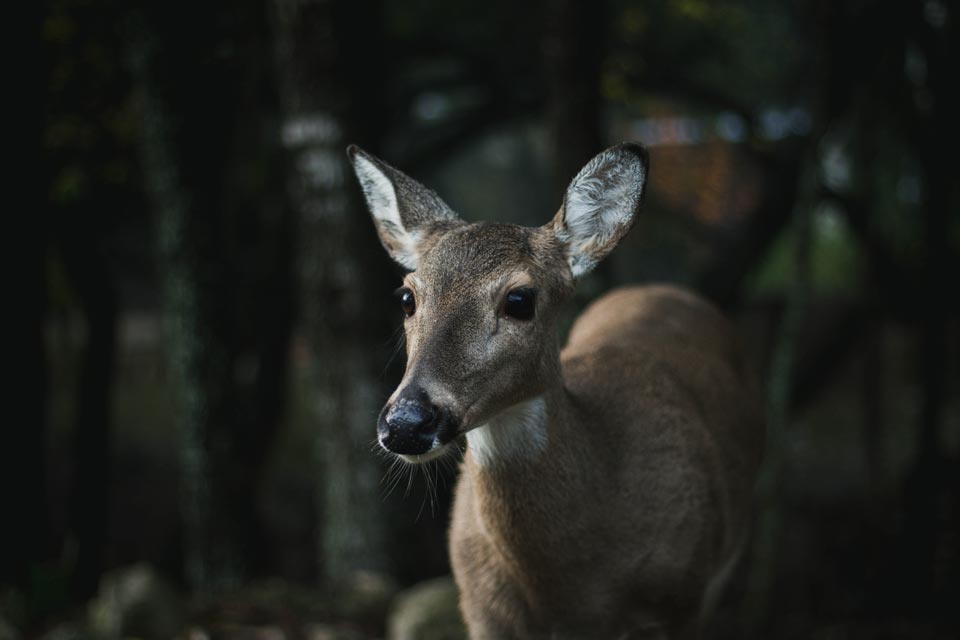About a month ago, 9 young and eager biologist aides showed up for their first day of work. Their mission (which they chose to accept) was to capture as many fawns as possible. What a great summer job! Seems simple and certainly fun.
Oh to be young…we seasoned field biologist knew better. This was not going to be simple and the fun…well there would be some of that but it would likely be short and fleeting.
This time around there were only half as many bio-aides as on the previous fawn study in 2000 and 2001. And the terrain and habitat of these study areas were not in their favor with regard to seeing fawns, or adult females for that matter. If there was ever a job that youth, eagerness, and naiveté had an advantage, this was it.
Over these last 3 weeks, bio-aides have been working long days (and even nights) searching for fawns. And those seasoned field biologists returned to their first love and enjoyed some days afield and away from the office. As expected, the fawn capture was intense and difficult and sometimes fun.
Our first fawn capture occurred on May 16th. Through the wonders of technology, the GPS collar worn by a doe with a vaginal implant transmitter (VIT) sent a text alert to us that the VIT had been expelled on Friday night.
Early Saturday morning, the crew arrived at the coordinates provided in the text. Searching the area, they found a fawn within 25 feet of the VIT. The fawn was ear tagged, radio-collared, and returned to its hiding spot. We were off to a great start.
Thirty-four days later, 42 fawns have been captured. More than a fawn a day. When we account for effort, this total is comparable to the 2000-01 fawn study when 98 fawns were captured the first year. This year’s capture crew is half the size and they captured almost half the number of the fawns.

Timing of capture was similar to the past study. Most fawns were captured from May 22nd to June 12th, with the highest numbers from June 1 to 7.
So far we recorded 7 mortalities. In 4 of 7 mortalities, fawn carcasses were recovered with no apparent causes of mortality. Just a fawn laying amongst the leaves. The remaining mortalities (3) show evidence of predators feeding on the carcass with field evidence pointing towards bears and coyotes.
We have collected all of the carcasses and will be conducting complete necropsies to determine cause of death for each. Making use of the wonder of technology again, DNA samples from consumed carcasses will be analyzed to identify the predator species, its sex, and perhaps even individual identification.
The race is pretty much over, crew members are getting some well-deserved rest and biologists have returned to our offices. Now crews will monitor those fawns that remain and – if very lucky – catch a few more late-born fawns. How many will make it through the summer? Our crews will be checking on them twice a day to see which ones will win that race.
-Chris Rosenberry and Jeannine Fleegle
Biologists, PGC Deer and Elk Section
If you’d like to receive email notices of each post on The Deer-Forest Blog just sign up.
